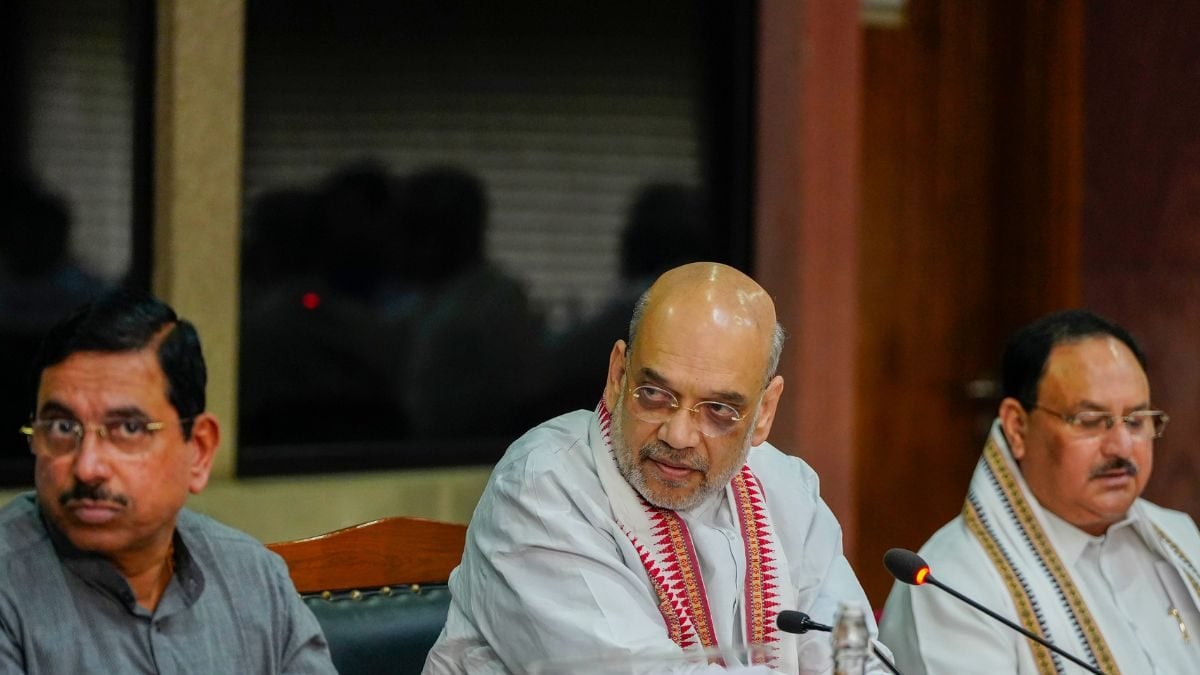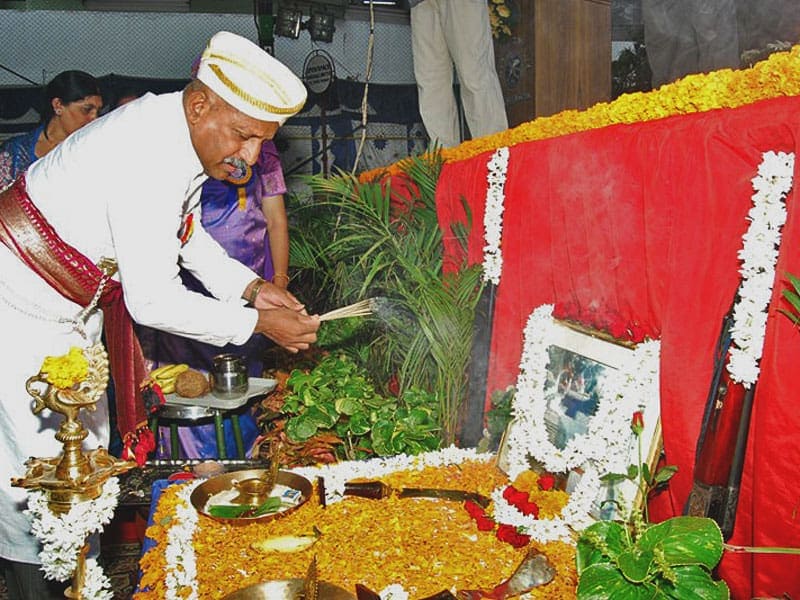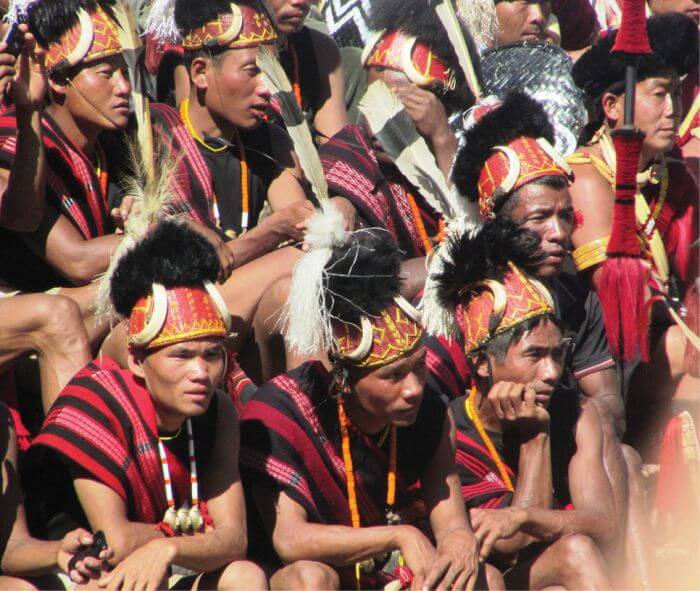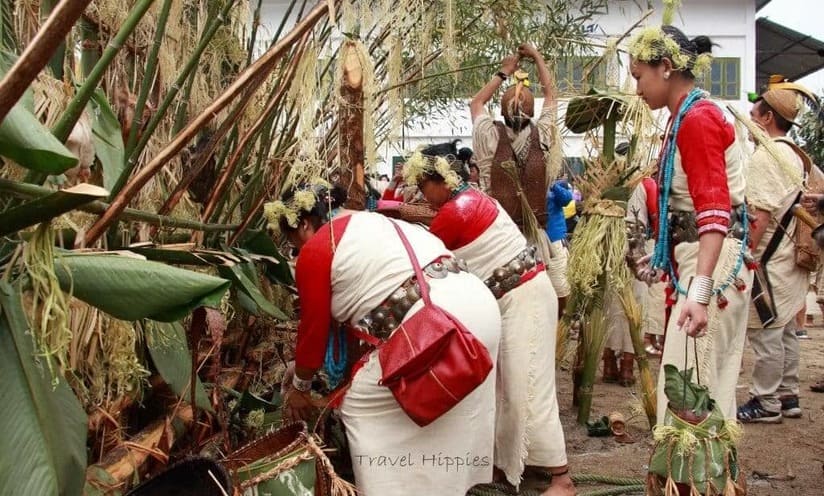The year was 2018. It was the first ‘no-confidence motion’ against Prime Minister Narendra Modi, which was brutally defeated by 325-126 votes. While Rajnath Singh quoted Ramayana, the Prime Minister used the floor to his favour, launching a blistering attack on the opposition, punctuated with his usual sarcasm.
ALSO READ | Speaker Accepts Oppn’s No-Trust Motion; Modi’s 2019 Speech Predicting This Move Goes Viral
Ahead of the 2019 Lok Sabha elections, when the entire country was glued to their TV sets, Modi couldn’t have had a better opportunity to list his welfare measures, one by one. In a way, he launched his poll campaign from the floor of the house.
Whenever Lok Sabha Speaker Om Birla grants time for discussion of the two motions (under sub-rule (2) and (3) of rule 198 of Lok Sabha Rules), filed by the Congress and Bharat Rashtra Samithi (BRS), the BJP is eyeing a repeat of 2018 this time too.
VOTE ARITHMETICS AND POSSIBLE WHIP
Now that the motion is accepted by the Speaker and he said he will allow time for discussion, it all boils down to votes. The Bharatiya Janata Party (BJP) alone has 301 MPs. If you consider the BJP-led National Democractic Alliance (NDA), the number surpasses the 330-mark.
The majority mark in the 543-member house is 272. So the BJP is secure.
Moreover, a number of opposition parties, who are not part of the Indian National Developmental Inclusive Alliance (INDIA) front, such as the Yuvajana Sramika Rythu Congress Party (YSRCP), Bahujan Samaj Party (BSP) or Biju Janata Dal (BJD), may abstain or side with the government during voting, making it easier for the Modi government.
All sides — be it the opposition or NDA — will inevitably issue whips to its members for the day concerned. It forces them to be present in the house.
Moreover, BJP sources say ‘errant’ members, who have been missing from the house, have already been shortlisted. “Whip or no whip, they have been warned not to sign attendance and leave,” says a senior BJP minister.
WILL PM ANSWER THE OPPN?
“While there is no specific rule, as the head of the council of ministers against whom the no-confidence motion has been brought in, the Prime Minister should answer the opposition,” PDT Acharya, former Secretary General of the 14th Lok Sabha and 15th Lok Sabha, told News18, citing Article 75 of the Indian Constitution to make his argument.
However, senior journalist Aarti Jerath feels the Prime Minister does not have to necessarily reply in person on the floor of the house, which could give the Modi government an “escape route”, should it want to avail.
NDA has the confidence of the Lok Sabha and the 125 crore people of India. I thank all the parties that have supported us in the vote today. Our efforts to transform India and fulfil the dreams of our youth continue. Jai Hind!
— Narendra Modi (@narendramodi) July 20, 2018
MODI’S BLISTERING 2018 ATTACK
In 2018, it was the Rafale issue, and in 2023, it is the Manipur ethnic violence. In an almost prophetic statement, Modi, while tearing into the opposition during the 2018 no-confidence motion statement, had remarked: “I wish you the very best, so that you prepare yourself well and bring another no-confidence motion in 2023.”
BJP’s national head of IT Cell Amit Malviya tweeted this video on Tuesday night saying, “One shouldn’t underestimate the political understanding of Modi ji.”
PM Modi gave a 91-minute reply to the no-confidence motion in 2018. BJP sources insist it won’t be any shorter than “at least” an hour this time. “This will be an election speech. From Labharthi schemes targeting rural India to talking about highways targeting the urban population, it will be a speech looking at the 2024 election,” said Jerath.
The NDA has the support of more than 2/3rd members of the Lok Sabha. Yesterday the nation saw yet again how the Congress is only interested in creating instability. Congress leaders did the same in 1999 and before that too! pic.twitter.com/5cIjoU9YPH
— Narendra Modi (@narendramodi) July 21, 2018
The senior BJP minister said, “Frankly, no one can predict Modi ji. But last time, Congress leader Rahul Gandhi tried to hug him and thought he had embarrassed him. But when he started to speak, it was Gandhi who was left red-faced.”
In 2018, PM Modi had attacked the opposition saying, “I can say with pride that hum chowkidar bhi hain, hum bhagidar bhi hai, par apki tarha saudegar nahi hain. I am a bhagidar in the sorrows and the dreams of 125 crore people.”
What will be his line of attack this time? All eyes are on Om Birla for his decision on the discussion.














